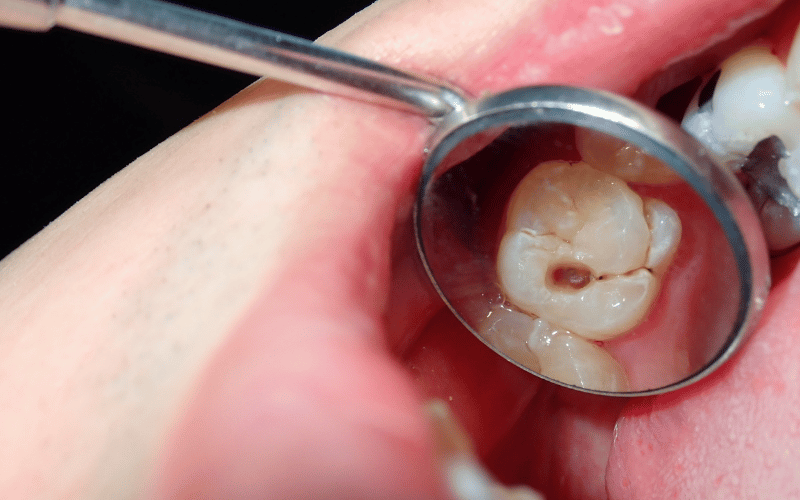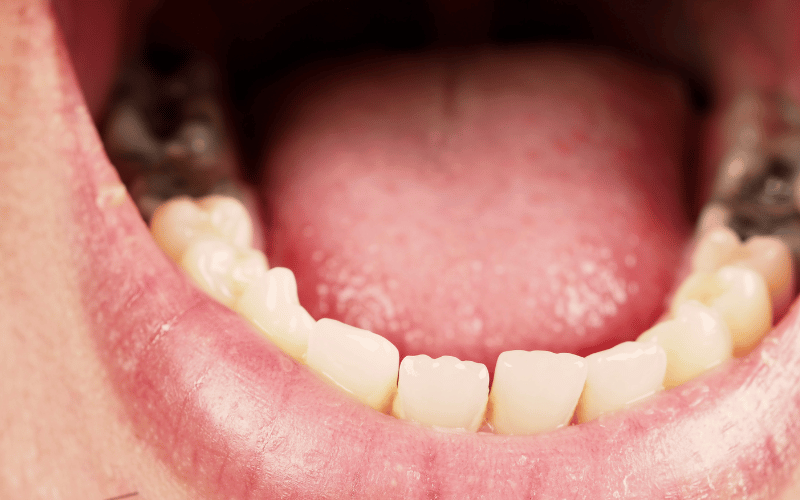Introduction
Tooth decay, often referred to as caries or cavities, is a common yet complex dental ailment. At its core, tooth decay is the result of harmful mouth bacteria producing acids that gradually deteriorate a tooth’s enamel. While this condition seems straightforward, several intricate factors play into its occurrence, progression, and treatment. This piece intends to shed light on these vital aspects.

It’s essential to note that despite the advancements in dental healthcare, tooth decay remains a global concern. Its ramifications stretch far beyond mere discomfort or aesthetic issues; untreated tooth decay can lead to more severe dental and overall health complications. The ripple effects of this seemingly minor ailment can be felt in every facet of one’s life, from personal confidence to the ability to enjoy food or smile without inhibition.
Interestingly, our dietary habits, genetic predisposition, and even the environment in which we live all interplay in the dance of dental decay. Yet, with the right information, precautionary measures, and routine care, this dental challenge is entirely manageable. This article delves deep into the subject, equipping you with fifteen pivotal facts about tooth decay, which will provide clarity and direction in your oral healthcare journey.
Fact 1: What Causes Tooth Decay?

Tooth decay is a multi-faceted ailment that originates from the daily dance between bacteria in our mouths and the foods we consume. Our mouth is home to countless bacteria, some beneficial and others harmful. When we eat or drink sugary substances, these harmful bacteria feast on these sugars, producing acids as by-products. These acids are not friendly to our teeth.
Over time, these acids constantly attack the tooth enamel, leading to the slow erosion of this hard, protective surface. The battle between our saliva, which tries to repair this damage by neutralizing the acids and depositing essential minerals, and the acids themselves is ongoing. Yet, if the acids win out, that’s when decay begins to set in.
It’s also essential to note that certain foods, especially those that cling to our teeth for long durations, can amplify the risk of decay. Items like milk, honey, soda, dried fruit, and even some sugary cereals can be culprits. The longer these foods stay on the teeth, the longer they provide a feast for harmful bacteria.
Moreover, frequent snacking or sipping sugary drinks gives the harmful bacteria more opportunities to produce these damaging acids. As such, it isn’t just about the quantity of sugar consumed, but the frequency too. To mitigate this, it’s advisable to limit snacking and to rinse the mouth with water after consuming acidic or sugary foods.
Tooth decay stems from a combination of factors, including the types of food consumed, the duration they remain on the teeth, and how well one maintains oral hygiene practices. Balancing these factors and understanding the root cause can aid in preventive measures, ensuring healthier teeth in the long run. (1)